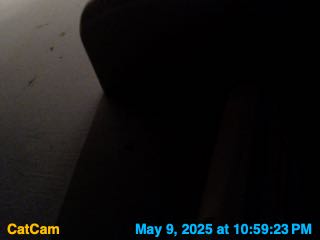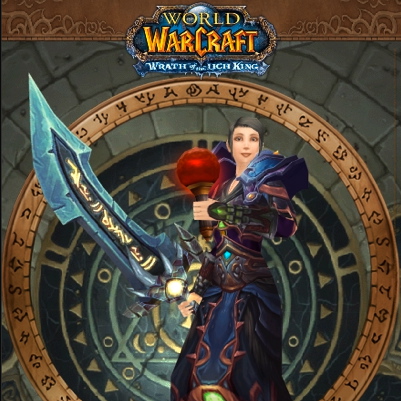There’s a lot of discussion going on right now about one of the juror’s comments in the Quilt National 2011 book. The discussion is specifically about Eleanor McCain’s opening comments:
What about these works of art demands that they are formed from cloth and thread? Is there a message and meaning that can only be revealed through this medium? What in the quilt form is important to the art? As a fiber art professor once asked, “If it’s not about the fiber, why work in that medium?”
I really appreciated all of the jurors’ comments this year.
Pauline Verbeek-Cowart was brave enough to admit that after the first round of viewing she was
…initially disappointed. Not a single entry in my opinion represented that leap into new territory, or challenged conventional notions of the medium and stood as a radical new approach.
She then went on to talk about how she overcame this initial idea and talks about the quilts themselves and how they relate to each other and what they represent.
Nelda Warkentin opened with:
The jurying process offers insights into what makes certain quilts rise to the top. Composition and intentional decision-making by the artist are extremely important. When these two factors are evident, the end result is, more often than not, masterful. Truly exciting were those works where one could honestly say, “I wouldn’t change a thing.”
But getting back to the on-going discussion, I kept wishing people had read the whole statement by McCain because it ends with:
There are visual characteristics of fiber that awe, unmatched in other media. Light reflection, the tactile quality of fabric, texture, and the stitched line are critical elements in works relating to the idea of “quilt.” Considering the best of traditional quilts, it is apparent that their unknown makers were masters of composition, pattern, repetition, and color. Studying the forms of the Victorian crazy quilt, one can recognize a long history of experimentation.
Great art quilts explore these ideas, expanding the concepts and making us think about them in new ways, sometimes ironically. They ask us to consider the role of women’s traditional arts. They present color and material, play with pattern or revel in structure and texture, but with emphasis on and attention to the history from which they arose. The artists presented here are in full control of their medium. Their works demand the rightful place of quilts as an art form.
When I first read those last two paragraphs I wanted to stand up and applaud. Why? Because it is inclusive of what people are doing in contemporary quilting rather than trying to draw all these lines about is and is-not. She says what appeals, both to the maker and the viewer, in a quilt – and allows that quilters of the past also worked within these interests and did it well using their knowledge of design and composition and the medium.
Thank you Eleanor – I so enjoyed your Juror’s piece in the exhibit and spent a lot of time with it, but thank you especially for these words which I find so personally encouraging.



HA! Finally figured out where the comments button resides! Wow, what a difference in the perceived meaning and the actual McCain statement! It’s a good lesson for us to not trust those partial quotes. Thanks for posting the whole thing. I like your little QR code, but frankly if I never see another one I will be a happy camper, so now, back to work on MY version… S
Thanks for the overview and think you hit the nail on the head!
Part of me agrees with Eleanor’s statement. Have we fully explored the
Unique properties of fiber? This malleable medium has so many forms
So different from the usual flat canvas. And part of me wonders how we as artists
can present differently when many exhibit rules hem us into the 2 and 3 layers
held together etc etc. To express fiber fully, don’t we need to loosen the reigns?
The flip side of that is that techniques and things do have definitions. If they change over time, ok. But if a quilt is defined as something with two or three layers connected with stitching, and that’s not what you’re doing, why insist that it be considered a quilt? It’s a big world out there with many media and techniques and shows to explore.
Pingback: Productive afternoon
Excellent post Mary Beth.
I loved everything that Eleonar McCain had to say both when she did her two minute thingey and her written comments. Wonderful that you have reprinted her statement in full, and like you I want to stand up and applaud.
I am very happy that the art quilt world seems to be responding with more openness to what those art quilters of 1911 (random date here) worked with. Repetition, original pattern, composition, fabric, colour and work work work.